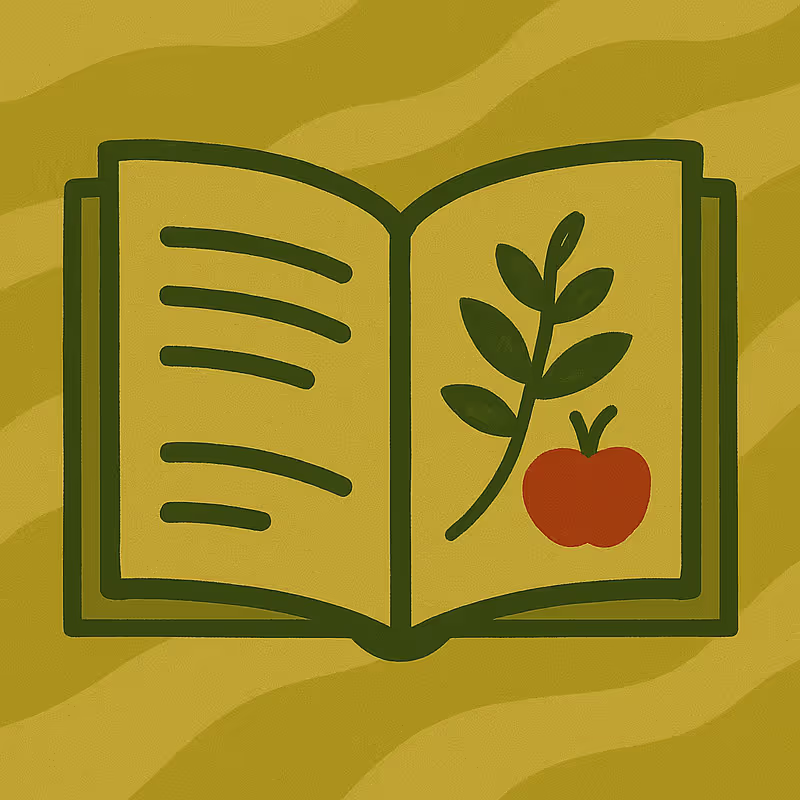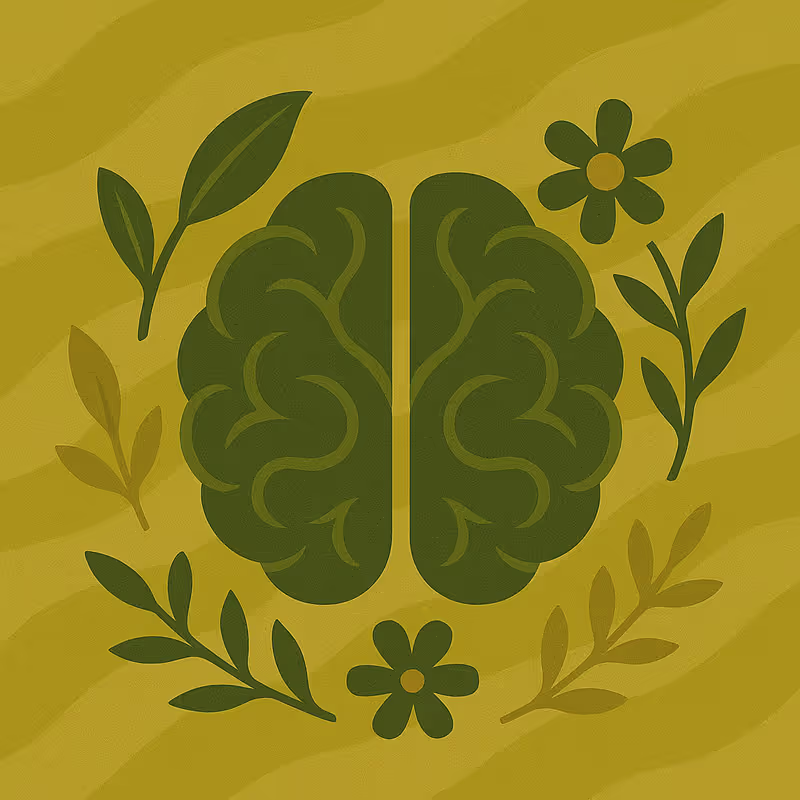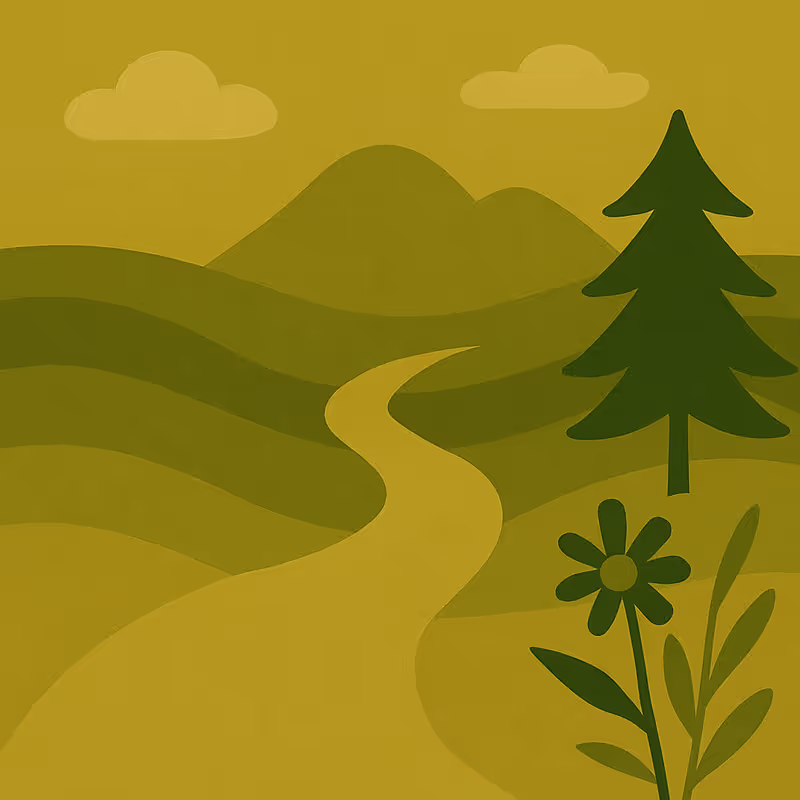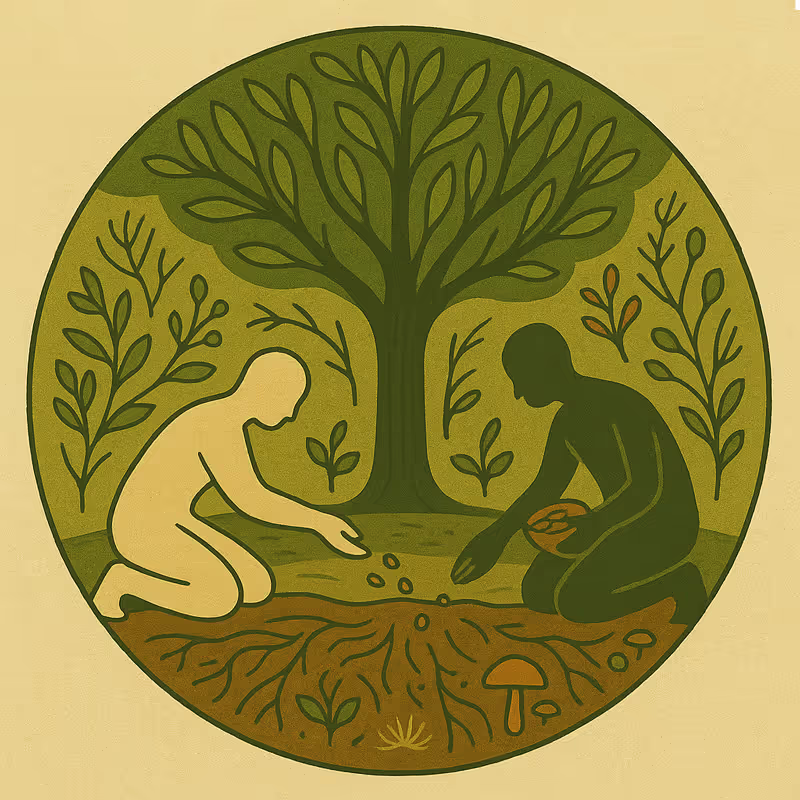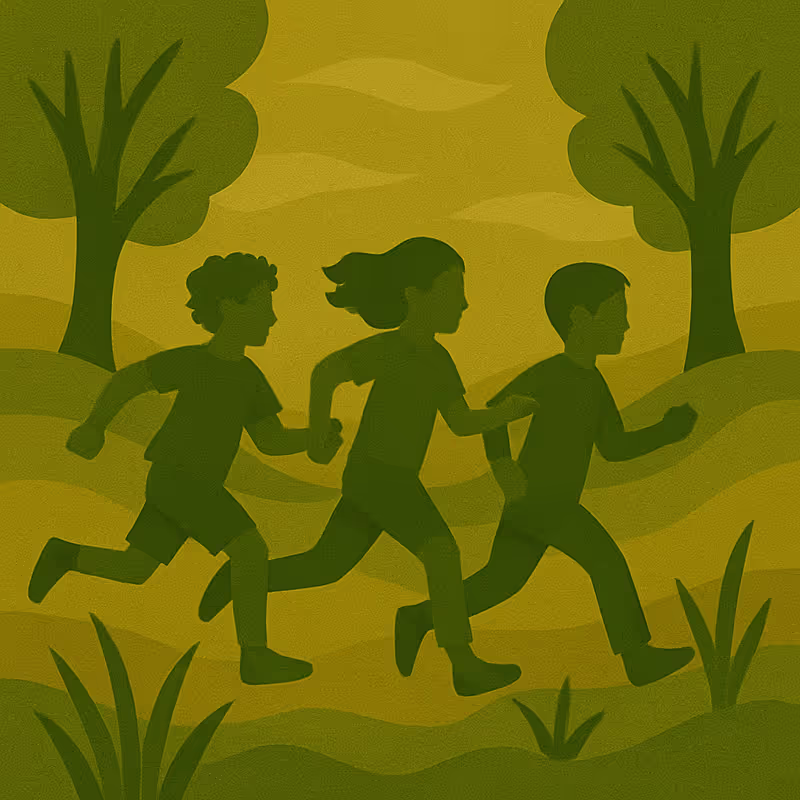Learning objectives:
- Recognise how actions at personal, community, and institutional levels contribute to protecting biodiversity
- Reflect on your own role as an educator and citizen in fostering cultural and systemic change
- Identify practical steps you can take to support biodiversity
Education holds enormous power to shape how we understand the world, and our place within it. It can also help address the biodiversity crisis.
Education about biodiversity can teach us how to protect species and ecosystems, and help us reconnect with nature. Just as importantly, it can challenge the systems that are driving the biodiversity crisis.
Many of our current systems are oriented towards endless economic growth and profit, often at the expense of human and planetary wellbeing. Education can challenge this and support a shift towards systems that prioritise care for nature and for each other.
As educators, you can also be part of this transformation.
Institutional change
Addressing the biodiversity crisis requires institutional change. This includes laws and policies that protect ecosystems, address climate change, uphold human rights, and make environmentally friendly choices accessible to all.
Imagine a world where, among many other changes:
- synthetic substances that kill pollinators and degrade soil are banned;
- governments no longer subsidise fossil fuels or industrial agriculture, but instead support smaller-scale organic farms who maintain agrobiodiversity;
- forests, wetlands, and oceans are strictly protected, and Indigenous peoples’ and local communities’ land rights are recognised and enforced.
Ultimately, we need new economic systems that prioritise human wellbeing within planetary boundaries, instead of pursuing endless GDP growth at the expense of people and nature.
Cultural change
But new economic systems, laws and policies don’t come out of a vacuum. To achieve institutional change, we also need cultural change.
Cultural change happens through open dialogue, campaigns, protests, union organising, community-led projects, such as ecosystem restoration, community gardens and kitchens, and outdoor activities that bring people closer with nature.
Education and community engagement can help:
- challenge the dominant worldview that places humans above nature;
- promote alternative visions of the ‘good life’ that are rooted in justice, care, and ecological balance;
- inspire advocacy for environmental and human rights, and opposition to laws and practices that cause harm.
Personal action
Individual actions gain real force when they’re connected to these broader ambitions. Actions aligned with values of nature protection, sustainability, and justice strengthen your own commitments, inspire others, and contribute to cultural momentum that is necessary for institutional change.
Below are some ideas to get involved, but there are many more ways in which you can contribute, and the most important actions are the ones that feel sustainable and meaningful to you!
Collective action and institutional change
- Support or advocate for laws and policies that protect biodiversity, the climate and human rights.
- Join campaigns to end harmful subsidies such as agricultural and fossil fuel subsidies, to promote biodiversity-friendly practices, and to resist corporate capture of environmental policy.
- Work to divest institutional funds from companies driving deforestation, overfishing, other forms of biodiversity destruction, climate change, human rights violations.
- Get involved with unions, environmental and social justice organisations, and educator networks to push for biodiversity and climate justice at municipal, national, and global levels, through campaigning, petitioning, and lawful protesting.
- Push for biodiversity and broader environmental literacy across the curriculum, embedding ecological and justice perspectives in all subjects.
- Advocate for your school or university grounds to be managed for biodiversity through planting native wildflower species, reducing or eliminating lawn mowing, banning synthetic pesticides and fertilisers, creating habitat corridors, etc.
In 2020, a section of King’s College’s (part of University of Cambridge) lawn has not been mown for the first time, breaking with a tradition of almost 300 years. Instead, the section was turned into a colourful wildflower meadow! Research has found that the meadow hosts and supports three times more species of plants, spiders and bugs than the section of the lawn that had been mowed (Marshall, et al., 2023). You can see photos and learn more about the initiative here.
Community engagement and cultural change
6.2.1 Education
- Teach systems-informed biodiversity education. Use the course materials (activities, teaching notes and PowerPoint) to guide students in learning about biodiversity and systemic change.
- Encourage students to create a Biodiversity Map of your area, identifying key habitats, species, and threats.
- With your students, research what biodiversity loss looks like in the country where you live or come from. What are the main causes of biodiversity loss? Which communities or groups are most affected by it, or have less access to nature, and why could that be?
- Give students the time and space to immerse themselves in the natural world by organising the Mindfulness activity.
6.2.2 Partnerships and cultural heritage
- Partner with local conservation groups, Indigenous and peasant communities, and agroecological farmers for talks, workshops, and field trips.
- Organise biodiversity walks such as the Nature Hike, or citizen science projects with students and community members.
- Host a ‘Biodiversity and Justice’ week linking ecological science with social equity and cultural heritage.
- Revive and celebrate local traditions and stories that honour the natural world, and integrate them into your teaching.
6.2.3 Critical reflection for educators
Reflect with colleagues: what messages are we transmitting about biodiversity, justice, and human-nature relations? For example:
- Do we teach separation from and domination of nature, or connection and interdependence with all living beings?
- Do we portray humans as fundamentally selfish and flawed, or capable of care, imagination and cooperation?
- Do we encourage young people to care about and challenge exclusion and injustice?
- What visions of a ‘good life’ are we passing on? Are these centred around individual success and consumerism, or rather around wellbeing, community, purpose and living a life close to and in balance with nature?
- Do we encourage young people to think critically, go to the root of the problem, and imagine better futures for people and nature?
- Most importantly, do we help young people believe that change is possible, and that they can be part of it?
Personal reflection and growth
- Reflect on your own worldview: do you see humans as part of nature or separate from it? How does that shape your decisions and teaching?
- Spend regular time outdoors observing nature such as local fauna and flora, seasonal changes. Encourage students to do the same.
- Learn the names, roles, and stories of local species, and share them in class to build emotional and cultural connection.
- Create a biodiversity-friendly spot. This could be planting wildflowers to feed pollinators, reducing lawn mowing in your garden, putting out water and food for birds. Make sure to learn about these activities beforehand from reliable sources, to make sure that you are not inadvertently harming wildlife (e.g. water containers for birds should be changed and cleaned daily to avoid spreading diseases).
- Read and actively reflect upon Indigenous and decolonial ecological perspectives: what might they teach us about relational living?
Here are some suggested readings:
- Robin Wall Kimmerer: Braiding Sweetgrass (2013); The Serviceberry (2022)
- Amitav Ghosh: The Nutmeg’s Curse (2021)
- Ashish Kothari and Federico Demaria (eds.): Pluriverse: A Post-Development Dictionary (2019)
- Raj Patel and Jason W. Moore: A History of the World in Seven Cheap Things (2017)
- Learn and actively reflect upon alternative economic thinking (such as Doughnut economics, degrowth, alternatives to development): what are their main proposals, and how different are they from current ways of organising our societies?
Here are some suggested readings and videos:
- Kate Raworth: Seven Ways to Think Like a 21st-Century Economist (2017)
- A short video explanation of Doughnut economics can be found here.
- Jason Hickel: Less is More: How Degrowth will Save the World (2020)
- Matthias Schmelzer, Andrea Vetter and Aaron Vansintjan: The Future is Degrowth: A Guide to a World beyond Capitalism (2022)
- Two short video explanations of degrowth can be found here and here.
- Lucy Ambler, Joe Earle and Nicola Scott: Reclaiming economics for future generations (2022)
- Visions of a ‘good life’ from around the world can offer alternatives to Western development that are more sustainable: watch this video about ubuntu (Africa) and this short video about buen vivir (Latin America).
- Read and reflect on the main findings of the Diverse values of nature for sustainability article (Pascual, et al., 2023), based on the IPBES Methodological Assessment of the Diverse Values and Valuation of Nature (2022). How might changing how we value nature change our governance of it?
- Challenge exclusion, inequality and discrimination, in your interactions with those around you.



